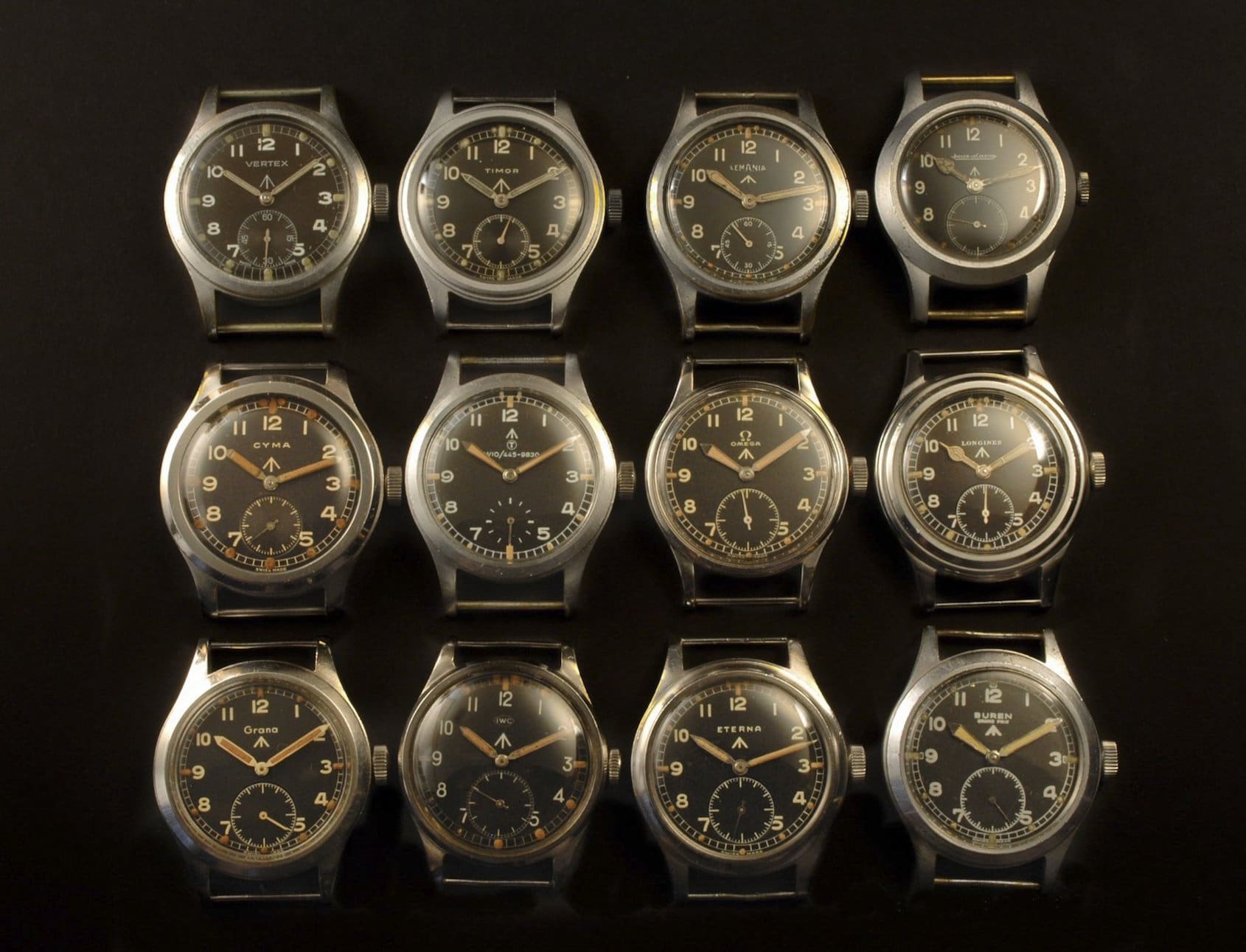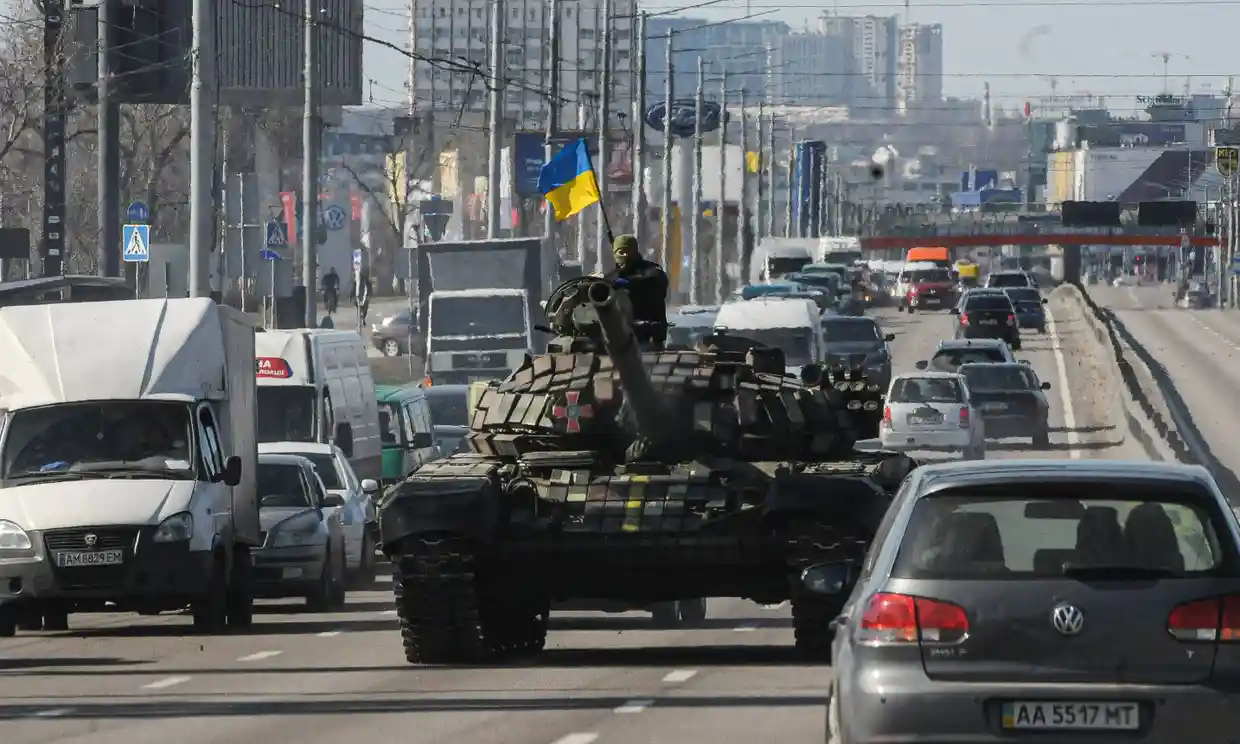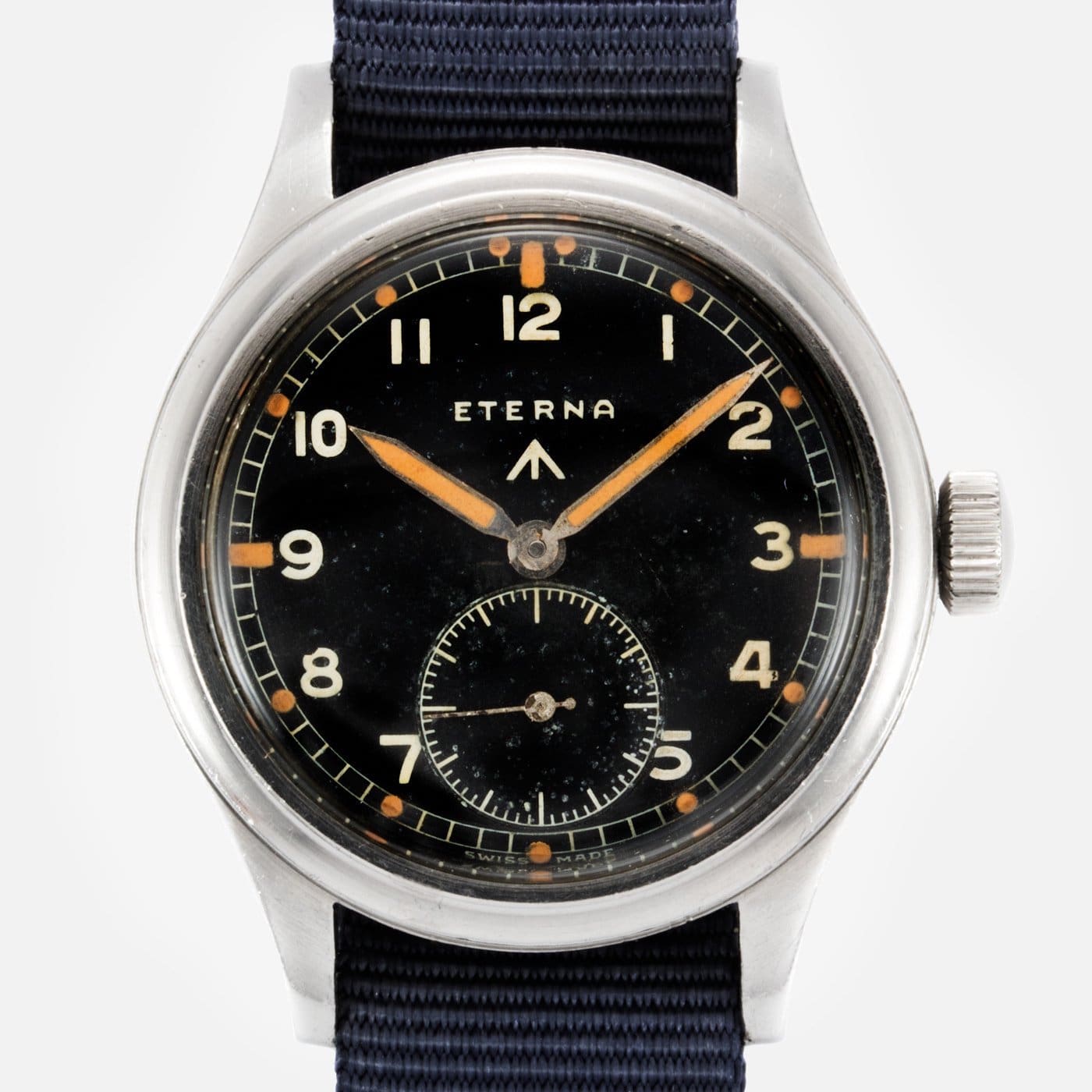“Don’t mention the war” – Will real war reduce our appetite for war-related watches?
Andrew McUtchenThis morning I was idly flicking through stories on my phone while answering emails, and found myself thick in a cluster of Ukraine-related footage on a friend’s account. He is of Eastern European descent, and his family live within 30km of the Ukrainian border. One of the stories appeared to be shot on a phone from his family’s actual house – with explosions visible and audible in the distance from a window, before a loud crash and a child crying. Absolutely harrowing.
I continued flicking through the stories, sometimes watching them twice. The last story is of a helicopter flying overheard with the sound of gunfire, and the pretty fireworks cascade of flak from the weapons affixed to the helicopter.
I shook my head, still in disbelief that a war of this scale is happening right now, and flicked on. The next story was an ad for, let’s just scramble the name here, and call it an Air Strike Flyback Commander Chronograph. No need to mention the actual brand, as it’s not the point. There are an infinite number of airforce, field, even naval-themed watches on the market at any given time. The watch itself was not bracing. It was the juxtaposition caused by the preceding flurry of live-streamed air-attacks that are happening as we speak all over the Ukraine.
I recoiled.

On one hand, watches that were developed for, and in times of war contain some of the most common, robust and curious characteristics – from tachymeters, to simple timing bezels, to shatterproof crystal, few environmental factors have given rise to innovation in watchmaking as war. The watch’s move from the pocket to the wrist is credited to the war too, as our hands were needed for far more important things – like steering an aeroplane, or dropping a mortar into a field cannon.
You could argue war is an inextricable, foundational part of the wristwatch’s story, and as such in the decades of peacetime since (in the Western world, at least), it has received the marketer’s touch – making it more of an aesthetic, or a trend than a grim reality. It has been sanitised of any human remains for the wrist.
But can we continue to sell the romance of war, shearling jackets, khaki colourways, military field watches, while it unfolds in 4k live-streamed horror on our devices? From grail watches on Instagram, to gruesome footage, in the very next story? Our macabre reality of watching soldiers live-stream their last moments on earth is something that was more removed from reality in earlier decades, as the footage was grainy and more dissociated from life. And before that, it was pixellated black and white images on a newspaper, with week-old information. Even more removed. Not in 2022. Air-strikes filmed by a friend’s grandma are as real as the next story in my endless jukebox of human POV on Instagram, which was a watch advertisement, then a dog riding a skateboard like a boss.
I do not write this to judge the industry, or to decry war-related watches in any way. My most recent purchase was a Hamilton Khaki Field in bronze. I love them as much as anyone. The question I am posing – to myself as much as to you – is, does this sudden advent of war change our relationship with the watches whose identities are linked – through their nomenclature, their actual functions – directly to it?
There is another perspective. As the war in Ukraine rages, escalating each day with a humanitarian crisis unfolding before our eyes, perhaps our wartime watches can remind us of what is happening just a short international flight away so that we may keep our Ukrainian friends and family even closer in our thoughts.





